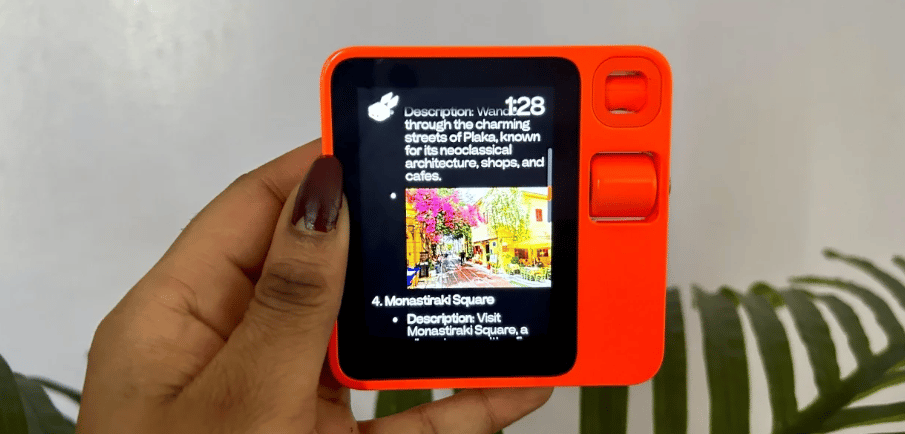Rabbit R1 and the Quest for Advanced AI Assistants
Explore Rabbit R1, a groundbreaking device poised to revolutionize AI assistance, reminiscent of Jarvis from Iron Man. Amidst Rabbit R1's buzz, other projects quietly advance to tackle language models' task-execution limitations. Discover Rabbit R1's pragmatic approach to practical AI assistance and its potential evolution into the ultimate assistant. Learn about open-source alternatives like Mistral shaping the future of AI assistance.
4/4/20242 min read


You may have stumbled upon the chatter surrounding the Rabbit R1, a cutting-edge device recently unveiled by a team of AI experts. Positioned as a potential real-world iteration of Jarvis from Iron Man, the Rabbit R1 has captured imaginations. Yet, it's not the sole breakthrough in this arena. Amidst the excitement surrounding Rabbit R1, other projects have quietly made strides towards addressing a significant challenge faced by language models: their limited capacity to take action.
Consider ChatGPT, a remarkable AI but one confined to virtual realms, unable to execute real-world tasks effectively. Surprisingly, even two years after its inception, we're still awaiting a version capable of booking train tickets or managing schedules seamlessly. However, the bottleneck isn't due to intelligence; it's an interface problem. Solving this issue is complex, but those who succeed stand to offer groundbreaking AI assistance akin to Jarvis.
Recent murmurs suggest progress towards this goal. Let's delve into these advancements.
Rabbit R1: A Glimpse into the Future of AI Assistance
The Rabbit R1, showcased at CES, presents a promising step forward. Priced at $200, this device serves as a gateway to Rabbit's servers, where heavy processing occurs. Envisioned as the future Jarvis, it promises gradual evolution into the ultimate assistant. Rabbit adopts a pragmatic approach, offering tangible results instead of lofty promises. This accessibility hints at practical AI assistance on the horizon.
Agents: A Promising Yet Unfulfilled Solution
Agents, virtual personas engaging in dialogue, appeared promising but have yet to realize their full potential. Recent demos showcase intriguing possibilities, like Crew AI's virtual team generating Instagram posts. However, complexities and bugs highlight current limitations.
Self-Operating Computers: Bridging the Gap Between Vision and Action
One notable attempt to bridge this gap is the Self-Operating Computer project. By integrating vision capabilities into language models, it navigates interfaces autonomously. This advancement underscores the potential of multimodal models.
The Challenge of Interfaces: Why We're Not There Yet
Despite progress, challenges persist. Language models struggle with graphical user interfaces, hindering seamless interaction. Methods like training models on web page source code yield imperfect results.
The Promise of Large Action Models: Rabbit R1's Approach
Enter Rabbit R1's large action models (LAMs). Unlike traditional language models, LAMs understand text and interface elements. Rabbit's ambition to create an AI assistant capable of learning sequences of actions offers hope for a breakthrough.
The Road Ahead: Open-Source Alternatives and Community Response
As we anticipate Rabbit's progress, open-source alternatives like Mistral emerge, offering secure AI assistance. The response from the open-source community may shape the future of AI assistance.
In conclusion, while the journey to a fully functional AI assistant is complex, recent developments suggest progress. Whether through devices like Rabbit R1 or community-driven initiatives, the pursuit of a real-life Jarvis continues to drive innovation and collaboration.
Credit: Mashable, Kimberly Gedeon
